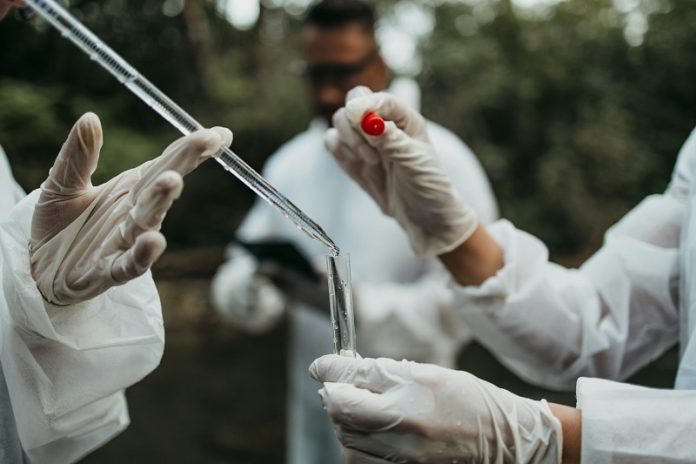
Clean water is essential for our health, food, cities, and industries.
Yet, detecting water pollution quickly and accurately remains a big challenge—especially in places without access to advanced labs or equipment.
Now, researchers from the National University of Singapore (NUS) have created a cutting-edge water quality sensor that could change the game.
Inspired by the human skin’s natural oily barrier, the team, led by Associate Professor Benjamin Tee, developed a new material called ReSURF.
Just like how our skin repels water, ReSURF creates a protective, water-resistant surface.
But that’s just the beginning—this smart material is also stretchable, transparent, self-healing, and recyclable.
ReSURF forms the foundation of a new sensor that can monitor water quality almost instantly. When combined with a tiny energy-harvesting system called a triboelectric nanogenerator, or TENG, the sensor becomes self-powered.
It creates electric signals when water droplets—especially those containing pollutants—slide across its surface. By reading these signals, the device can detect contamination in just six milliseconds, much faster than current methods.
Most water sensors today rely on electricity, chemical reagents, or bulky machines, which makes them expensive and hard to use in the field. In contrast, the ReSURF sensor is lightweight, flexible, and doesn’t need an external power source.
It’s also tough and easy to repair, meaning it can last longer with less maintenance.
The team tested the sensor on a soft robot designed to move like a pufferfish. When placed in water containing oil or perfluorooctanoic acid (a common pollutant), the robot’s sensor could instantly detect these substances through different voltage signals. This showed that the sensor could help monitor water pollution in real time.
The ReSURF sensor could be used in rivers, lakes, farms, and even factories or treatment plants to watch for signs of contamination. Its fast response could help authorities act before pollution spreads too far.
Looking ahead, the NUS researchers plan to make the sensor even smarter. They hope to improve its ability to recognize different pollutants, add wireless data features, and use more eco-friendly materials.
They’re also exploring ways to connect the sensor to artificial intelligence tools to better identify pollution sources.
With this innovation, the team is aiming to build the foundation for future water quality systems that are not just fast and reliable, but also sustainable and intelligent.



